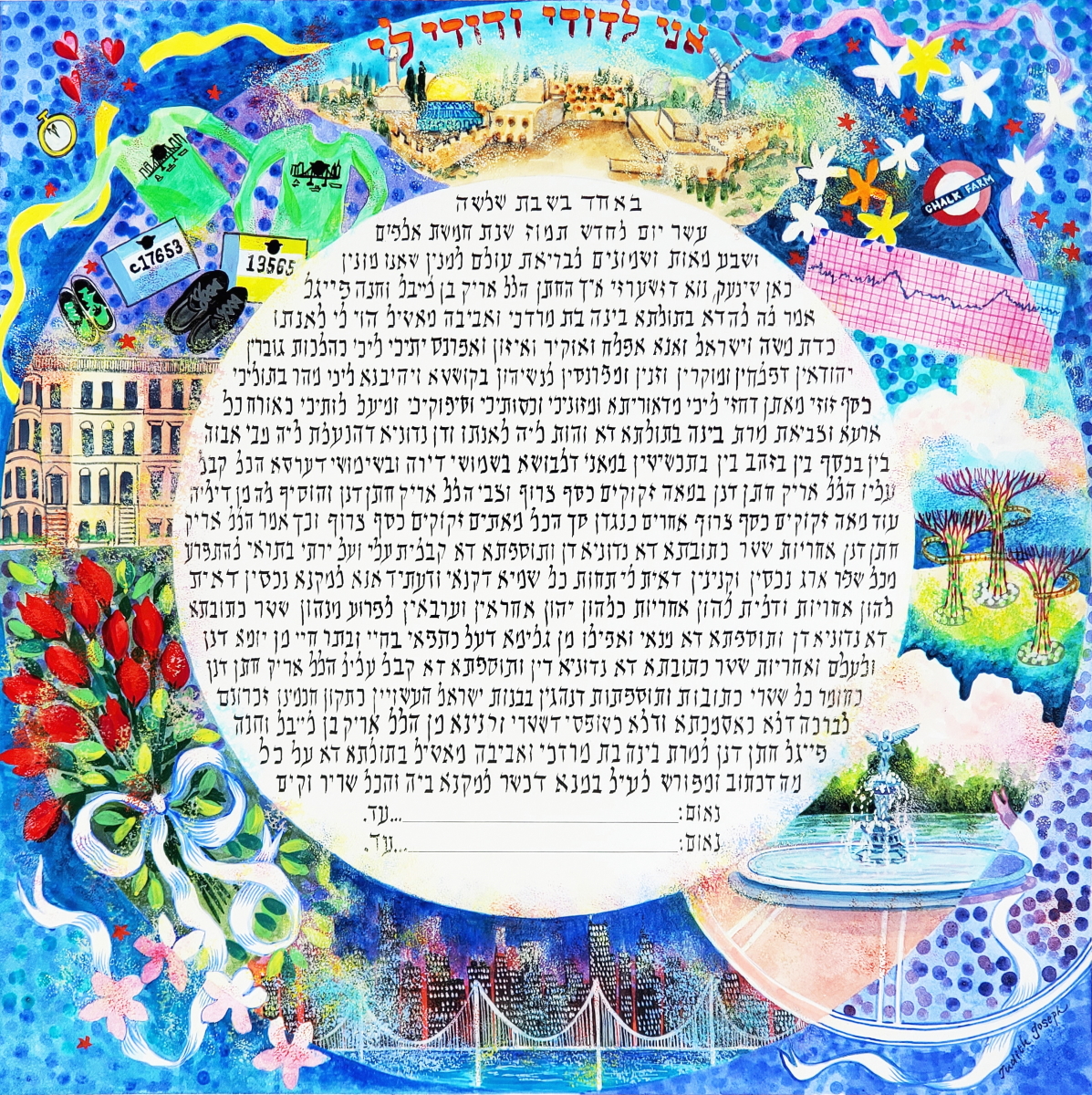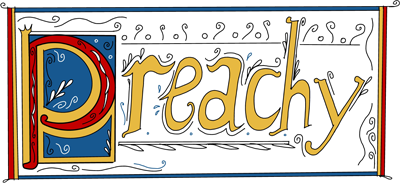
Calligraphy as a long walk
 I’ve spent many years forming beautiful letters on paper with a pen dipped in black ink. Each time the pen goes into the bottle of ink, I lift it up, shake it off to remove excess drops of ink, and prime the pen with a few strokes on a piece of scratch paper.
I’ve spent many years forming beautiful letters on paper with a pen dipped in black ink. Each time the pen goes into the bottle of ink, I lift it up, shake it off to remove excess drops of ink, and prime the pen with a few strokes on a piece of scratch paper.
Once I know the pen is loaded just right, and the letter I form won’t be too blobby from excess, nor too scratchy from paucity, I place the pen on its place in the line of letters and form the next letter. The letters form words, the words form lines. Dip, shake, prime, inscribe. If I try to write too quickly, the letters don’t have the dignity and stability of forms created with intention and care.
I have been doing calligraphy for over 40 years. It has occurred to me to consider how many miles of lettering I have done. So I actually did the math, and it comes out to at least a mile and a half. Which doesn’t sound like much, but when it’s your fingers doing the walking, on the tip of a pen, it really does add up.
The lettering I do is mostly in Hebrew, some in English. The text I write is for ketubot, traditional Jewish wedding contracts. Ketubot — mine and those done by others — are a religious legal document as a form of art. The ones I make are illustrated and embellished, in celebration of the newly married couple. I love the work. It has yoked my free spirit to a meticulous discipline, but it has made it possible for me to be paid to make art.
Calligraphy didn’t come naturally to me; it is difficult and must be perfect, or the ketubah contract is quite literally invalid. Over these many years, I have accepted the rigors and structure, which have supported my freer artistic expressions. I have learned, I have mastered; I have even excelled at this slow, careful, precise practice. I know that, like scales for a musician and arabesques and pliés for ballerinas, calligraphy has trained my hand and eye.
The letters have come to represent, to me, little tiny, precise footprints in the path of my life. For me, the necessary complement to sitting and lettering is walking, usually accompanied by a dog. Addie (my golden retriever) prefers the paths made by deer, and so do I. With Addie, I can meander through a field, like a deer, while Addie sniffs each and every plant and clump of earth like a scholar perusing books in a library.
Each step we make on the earth is like a letter on a page. It tells the story of how we move through our natural world. I am fortunate to live near a big city, but my neighborhood is wooded and close to a forest preserve. Addie and I see foxes, coyotes, and lots of hawks. I love to walk with her at night, when we can hear the owls calling. She often stops, stock still, staring into the dark at an animal I can’t see, but she can smell and hear. I love the mystery of this, how she knows things I can never know.
For some artists, the place where their foot meets the earth is the medium of expression. Like a pen on paper, English artist Richard Long famously walked a path daily, until he had worn a groove through a meadow. He documented it with a photograph, thus wedding the time-honored English walk with a new form: earth art. Later on, his compatriot, Hamish Fulton, made beautiful photographs while on his long, long walks in wild places, but shifted philosophically to a no-trace approach.
How do we leave our mark? The path in Richard Long’s meadow will fill in again, with grass. Photographs will be enshrined in museums, lasting as long as culture still values them. The feeling of step on earth, finger on camera shutter button, pen on paper, brush on canvas: these take us out of time while simultaneously bringing us into the moment of heightened sensation. We can’t know what after-image will survive our time on earth, but we can experience some moments with joy and fullness.
The time we’re in, this pandemic: with all its deprivations and sorrows, has brought quiet. There are fewer cars on the road, driving around where we live. Animals are venturing out more boldly, and we can hear them better. There is less to do, so we can slow down what we’re doing. As the path of my life approaches the woods, I know there will be an end, somewhere around the bend. I am happy to slow down, look, and listen; before I place my foot in the next step.
Judith Joseph is a Chicago artist. Her work is in many public and private collections, and she exhibits worldwide. View her portfolio at: judithjosephstudio.com. She is the aunt of Preachy co-editor Mike Kanin.
